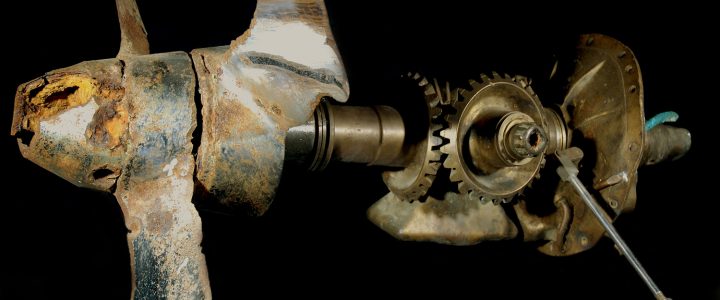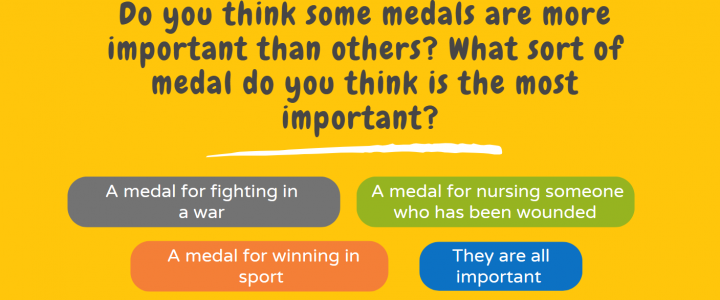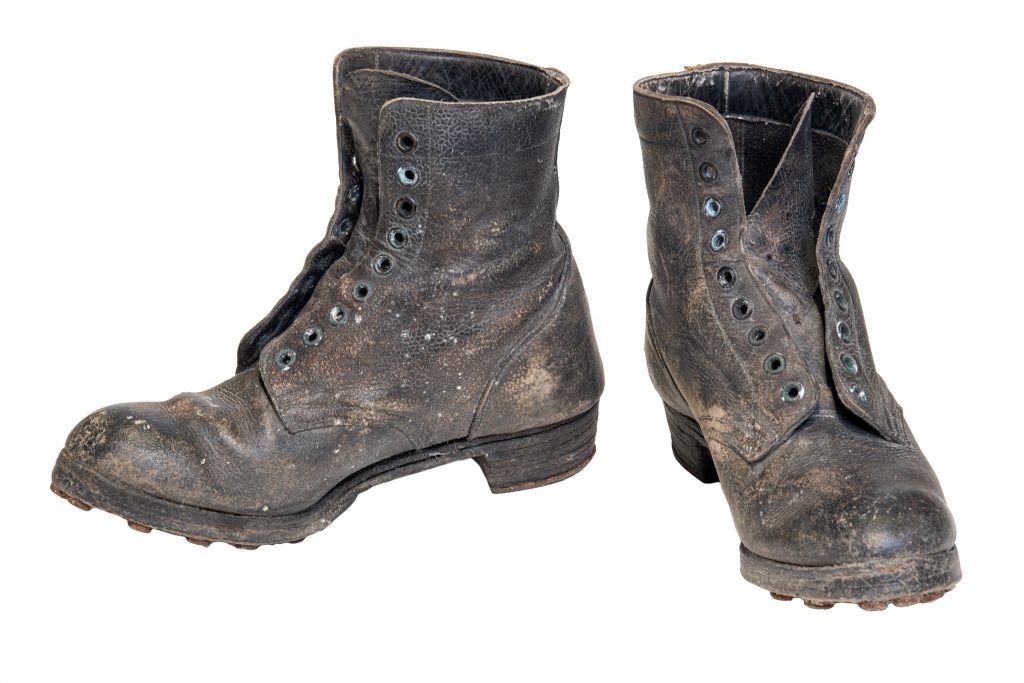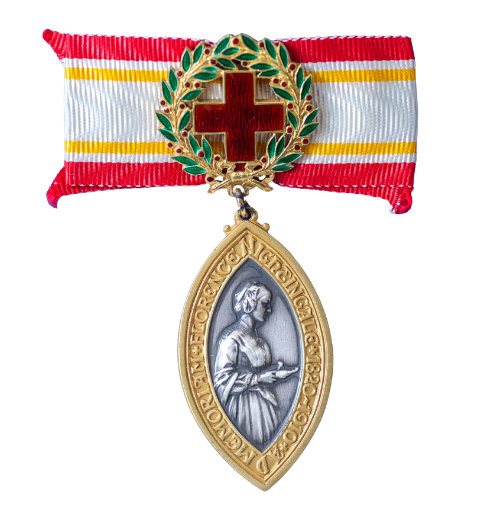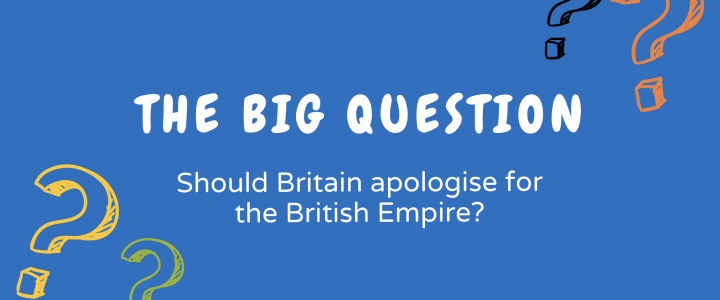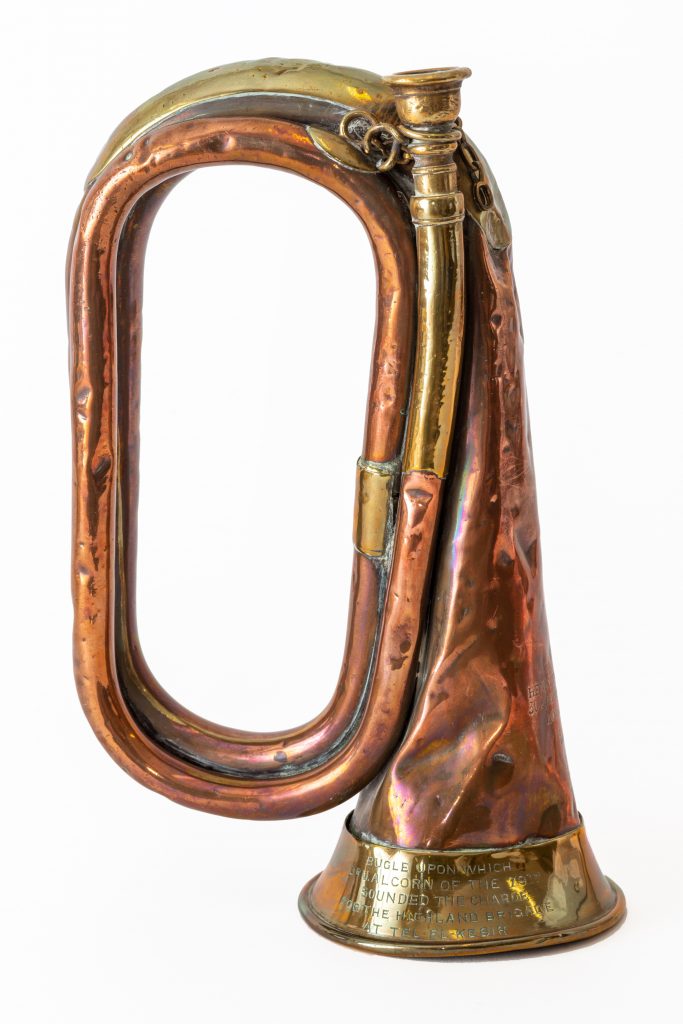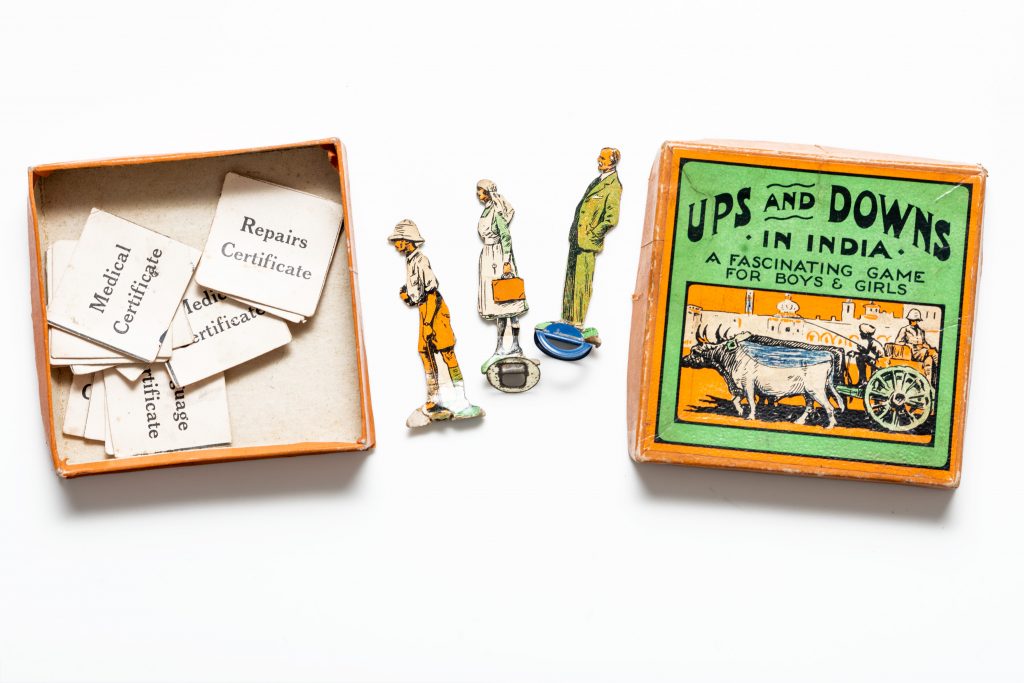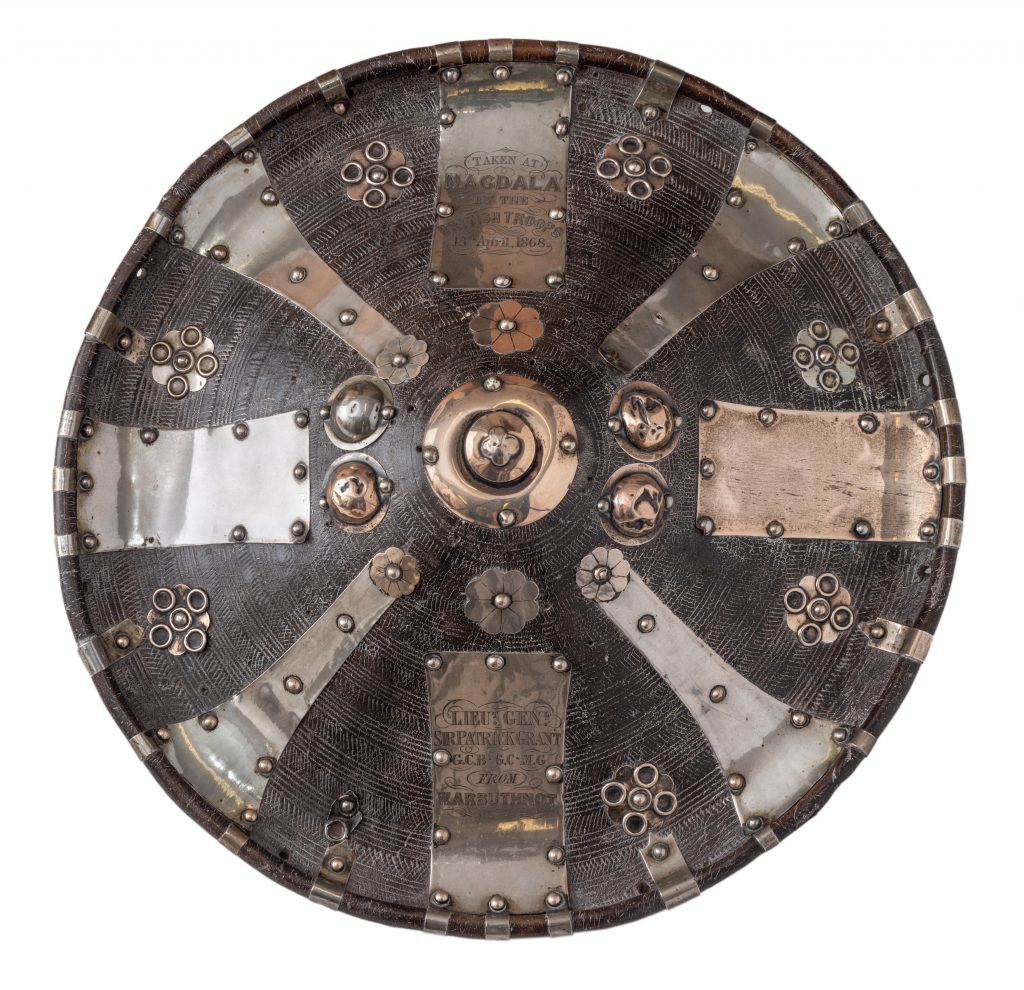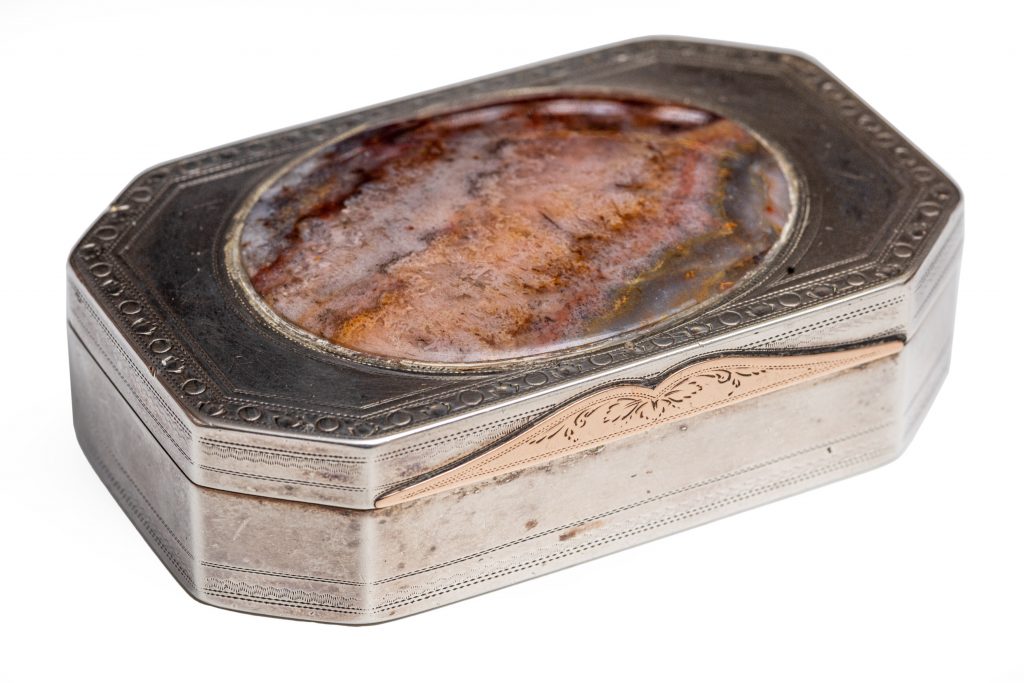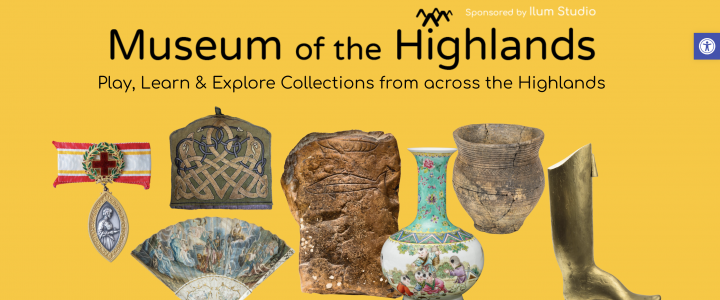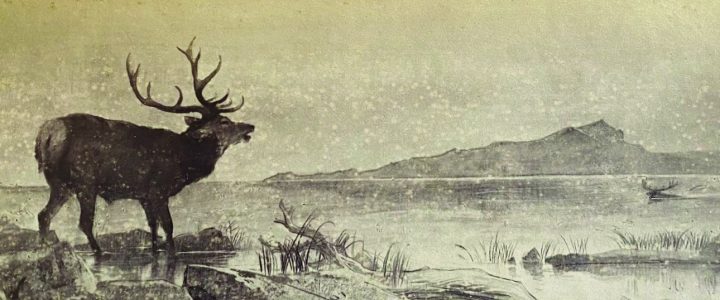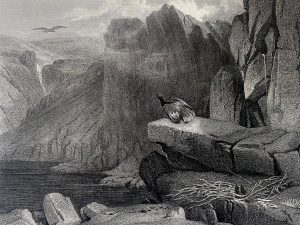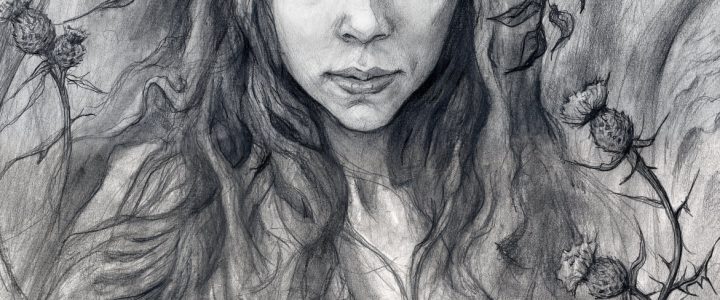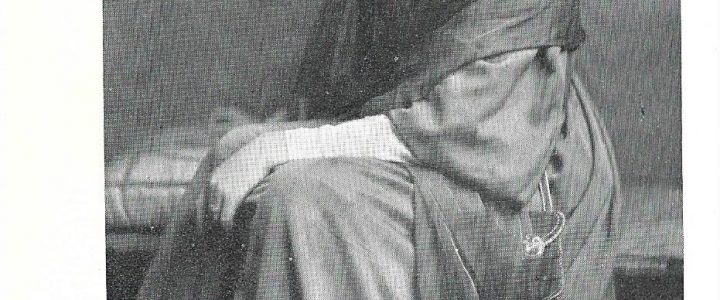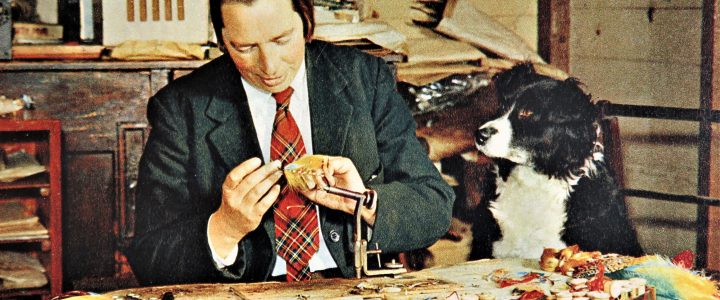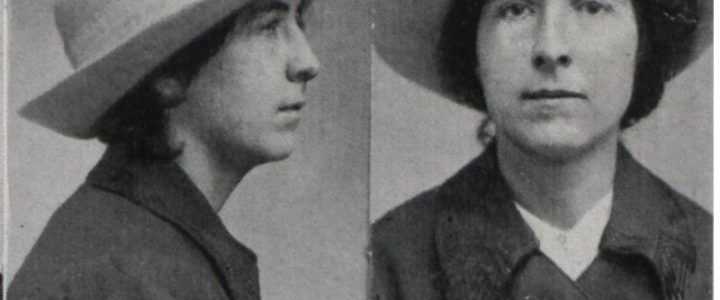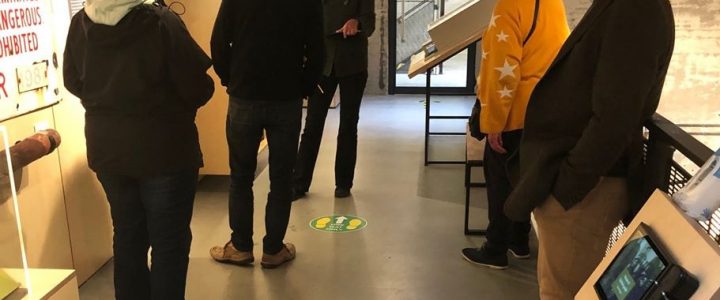From uncovering Cromarty’s historic links to the Transatlantic slave trade to following a blue plaque walking tour revealing the individuals that made Stromness the town it is today, an incredible range of unique Highland history is now available worldwide.
Made possible thanks to a unique partnership between XpoNorth Digital, Highlands and Islands Enterprise’s specialist digital support programme for the creative and heritage sectors, and Smartify, the world’s most downloaded museum app, six Highland museums are now live on the global stage.
They are Inverness Museum and Art Gallery; Gairloch Museum; Highlanders’ Museum; Cromarty Courthouse Museum; Clyne Heritage Society (Brora Heritage Centre), and Stromness Museum, Orkney.
Selected earlier this year to take part in the initiative, the chosen six have been busy preparing to digitise either parts of their collection or unique experiences since then. The process has transformed their ability to use digital tools and is also expected to result in employment opportunities and increased income generation in the future.
Now, after six months and an incredible effort from local teams and partners, audiences around the world can access the treasure trove of their offering through the Smartify app, and engage with archives, artifacts, tours and memories from across Scotland’s north.
These include the opportunity to explore Cromarty Courthouse Museum’s Building on Slavery walking tour, with the help of an audio guide that takes visitors around Cromarty and uncovers the town’s historic links to the Transatlantic slave trade, featuring authors David Alston and Nicole Bontemps. Visit Cromarty Courthouse Museum on Smartify here.
Those interested in tracing the lives of the individuals and stories that defined the town of Stromness will be able to enjoy Stromness Museum’s ‘Blue Plaque’ walking tour, following it to discover local buildings and the people who lived in them. Surgeon John Rae, for example, is put under the spotlight as a prolific explorer who navigated the Arctic in the 1800s, while poet and dramatist George Mackay Brown is featured as an eminent writer whose work was distinctly Orcadian in character.
Gareth Squire, Administrator at Stromness Museum said: “The opportunity to bring the stories associated with our collections to a worldwide audience and the ability for Smartify users to enrich their visit using the app, will help raise the Museum’s profile as a ‘must visit’ destination in the Highlands and Islands. The unique ability to engage with our audience with the Blue Plaque Trail through Stromness, which links directly to our collections, is a further positive benefit to our integration with the app and it is hoped this will further increase our visitor numbers and profile”. Visit Stromness Museum on Smartify here.
Meanwhile, the Highlanders’ Museum has shone a light on their collection’s little discussed colonial past by producing a ‘Hidden Histories’ audio guide. Freya Samuel, Digital Engagement Curator at the Highlanders’ Museum, said: “For small, independent museums, physical space can be a limitation which impacts the stories that we are able to tell. Smartify lets us share extra content in a really seamless and accessible way, and it’s also easy to create and share new content, that encourages our visitors to come back again and again. Highland history is now being showcased alongside a world-class selection of museums, and is given an equal presence on the platform. The app really champions small museums and values the stories they have to tell, and we’re excited about sharing our heritage with the world.” Visit The Highlanders’ Museum on Smartify here.
Visitors can also use an audio guide to delve into the eclectic local collection at Brora Heritage Centre, which has showcased their highlights ranging from mining tools and medals to ice skates and bricks. Visit Brora Heritage Centre on Smartify here.
Gairloch Museum has produced a series of ten mini videos that will be showcased on the Smartify platform and shared on social media, that tell the story of the local landscape and its connection to the museum. Visit Gairloch Museum on Smartify here.
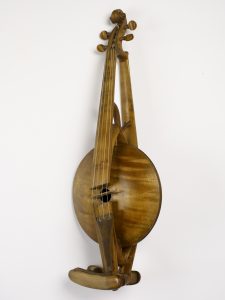
An unmissable experience has also been created by Inverness Museum and Art Gallery, who have developed an audio tour to guide visitors around the star objects of the collection including ‘rondello’, a round fiddle invented by Highland-born musician Alexander Grant. Visit Inverness Museum and Art Gallery on Smartify here.
Nicola Henderson, Digital Heritage Specialist at XpoNorth Digital, added: “Months of hard work on the part of the six museums involved has culminated in a milestone moment as the museums’ offerings go live. This partnership with Smartify is not only an example of XpoNorth Digital’s commitment to facilitating innovative ways of working for creative organisations in the region, but also demonstrates the huge potential of digital methods, in terms of both amplifying the area’s history around the globe but also forming networks closer to home. Smartify will help the region’s museums to unravel further layers of the stories held within their collections and give them a newfound appeal to audiences both new and old.”
Thanos Kokkiniotis, Director and Co-Founder of Smartify said: “We are delighted to be working with XpoNorth Digital and the museums on this important and ground-breaking project. One of the reasons we started Smartify was to make the kinds of digital tools that were once previously only available to the very biggest institutions accessible for all. It’s great to see that happening here in Scotland with organisations that are so passionate about Scottish heritage and culture.”
Smartify is available on iOS and Android from the App Store and Google Play respectively. It’s also available on the web via app.smartify.org. For more information on XpoNorth Digital’s work to support creative businesses in the Highlands and Islands, visit www.xponorth.co.uk.

